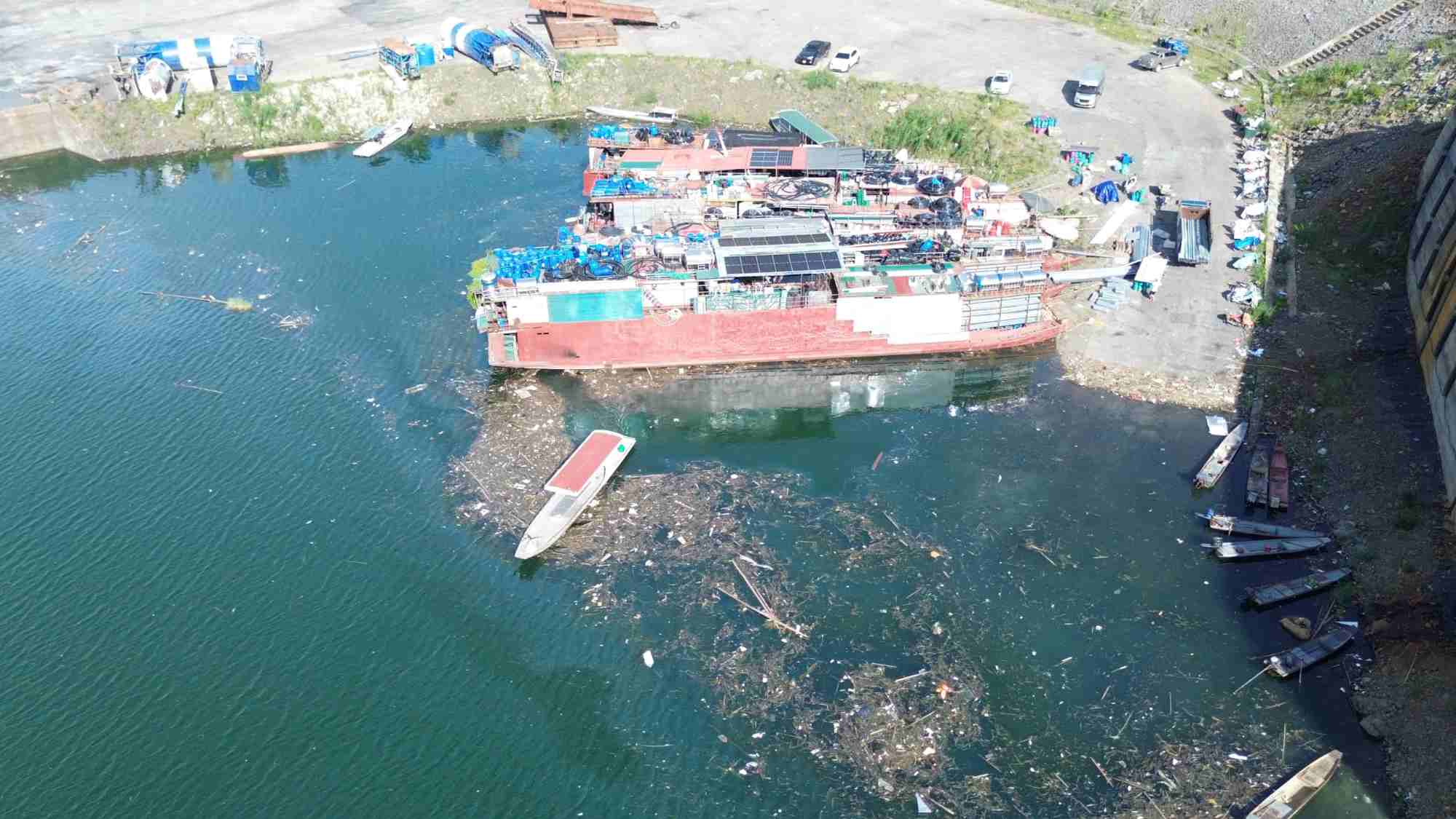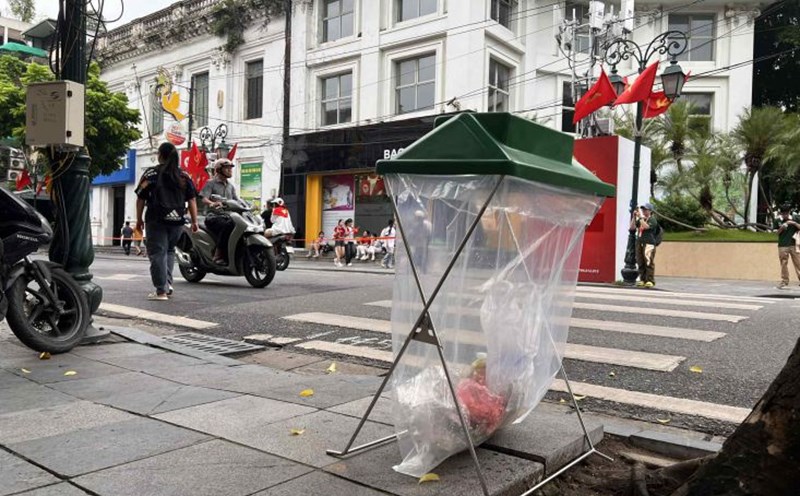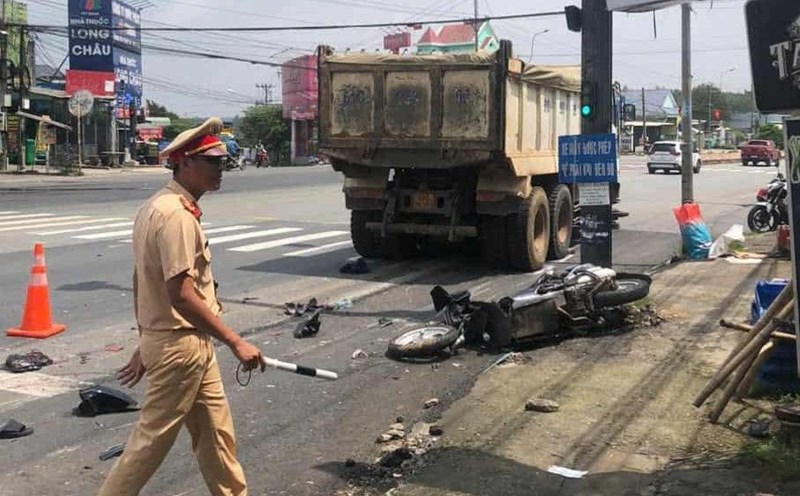According to the reporter of Lao Dong Newspaper, in the Hoa Binh hydroelectric reservoir area, hundreds of blocks of garbage from the upper Da River flowed in, forming large patches thickly on the water surface.
In the Ba Cap port area (in Thong Nhat ward, Phu Tho province), plastic waste, plastic bags, bottles, scrap wood, tree branches... floated all over the lake.
At many points, garbage was piled up into large pieces, stuck in floating rafts and fish cages, obstructing waterway traffic and threatening the livelihoods of hundreds of households attached to aquaculture in the lake area.
Mr. Bui Van Hieu, a cage fish farmer here, said that after days of floods, waste from upstream flows into cages, making fish easily suffocate and die en masse. Not only causing economic damage, the situation of concentrated waste also affects the health of the ecological environment. The lake water has turned cloudy, giving off a foul smell at some points, posing a potential risk of disease for aquatic species.
"In recent days, we have had to focus on collecting garbage, even paying for people to collect garbage, which costs both effort and money, but the amount of garbage is too much, it is not enough to collect", Mr. Hieu shared.

Mr. Nguyen Van Tinh, residing in Thong Nhat ward, also informed that the situation of waste flowing into the lake occurs all year round, especially after floods. "Every time garbage comes back, people suffer a lot. We hope that the government and relevant agencies will have a solution from upstream, if only collected from the lake, it cannot be completely handled," said Mr. Tinh.
In recent years, Hoa Binh Lake has been exploited for tourism with many boat sightseeing programs, cage fish farming experiences, and eco-resorts. However, the scene of floating garbage has spoiled the beauty, making many tourists afraid. Some boat owners informed that every time they pass through an area with a lot of garbage, they have to slow down, even stop to remove garbage stuck at the duck feet, posing a potential safety risk.
Talking to PV of Lao Dong Newspaper, Mr. Pham Van Vuong - Director of Hoa Binh Hydropower Plant said that every time the flood comes, a lot of waste flows down from upstream. The unit must regularly mobilize workers and means of collection to ensure the safety of power generation gates and turbines.
"This is a time-consuming task, but if it is not done, the risk of environmental pollution and water pollution is very high. Technical problems may even occur when operating flood discharge, said Mr. Pham Van Vuong.
In reality, the problem of waste in Hoa Binh hydroelectric reservoir not only affects production activities and livelihoods of people but also seriously affects the tourism development of the province.
The old Hoa Binh Provincial Planning for the period 2021 - 2030 (Decision No. 1648/QD-TTg) has identified Hoa Binh Lake as one of the three pillars of tourism development in the whole province, along with Kim Boi - Lac Thuy and Mai Chau - Tan Lac. The provincial government always tries to promote investment in transport infrastructure along the lake, port system, electricity - water, ecological accommodation, human resource training and development of high-quality community tourism products with unique identity.
According to Decision No. 439/QD-TTg dated March 25, 2021 of the Prime Minister, the Master Plan for the construction of Hoa Binh Lake National Tourist Area until 2035, with the goal of making it a key tourism center of the Northern midlands and mountainous areas.










